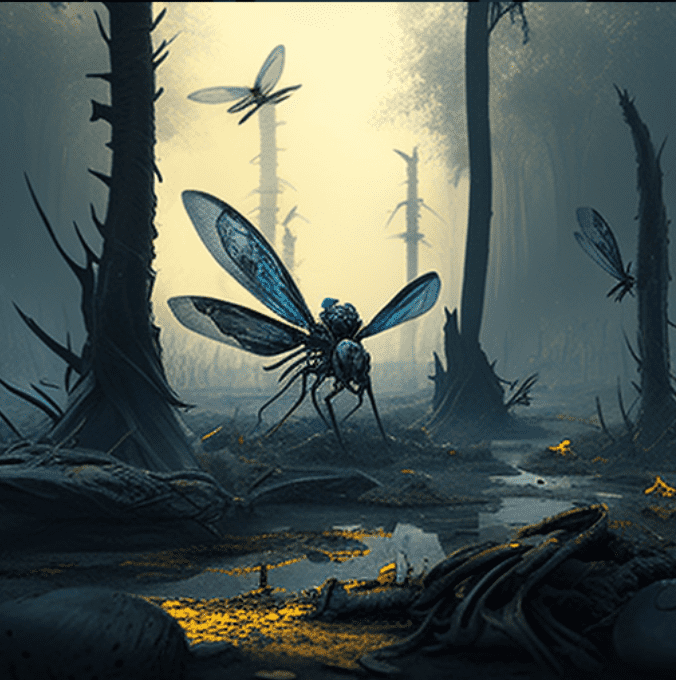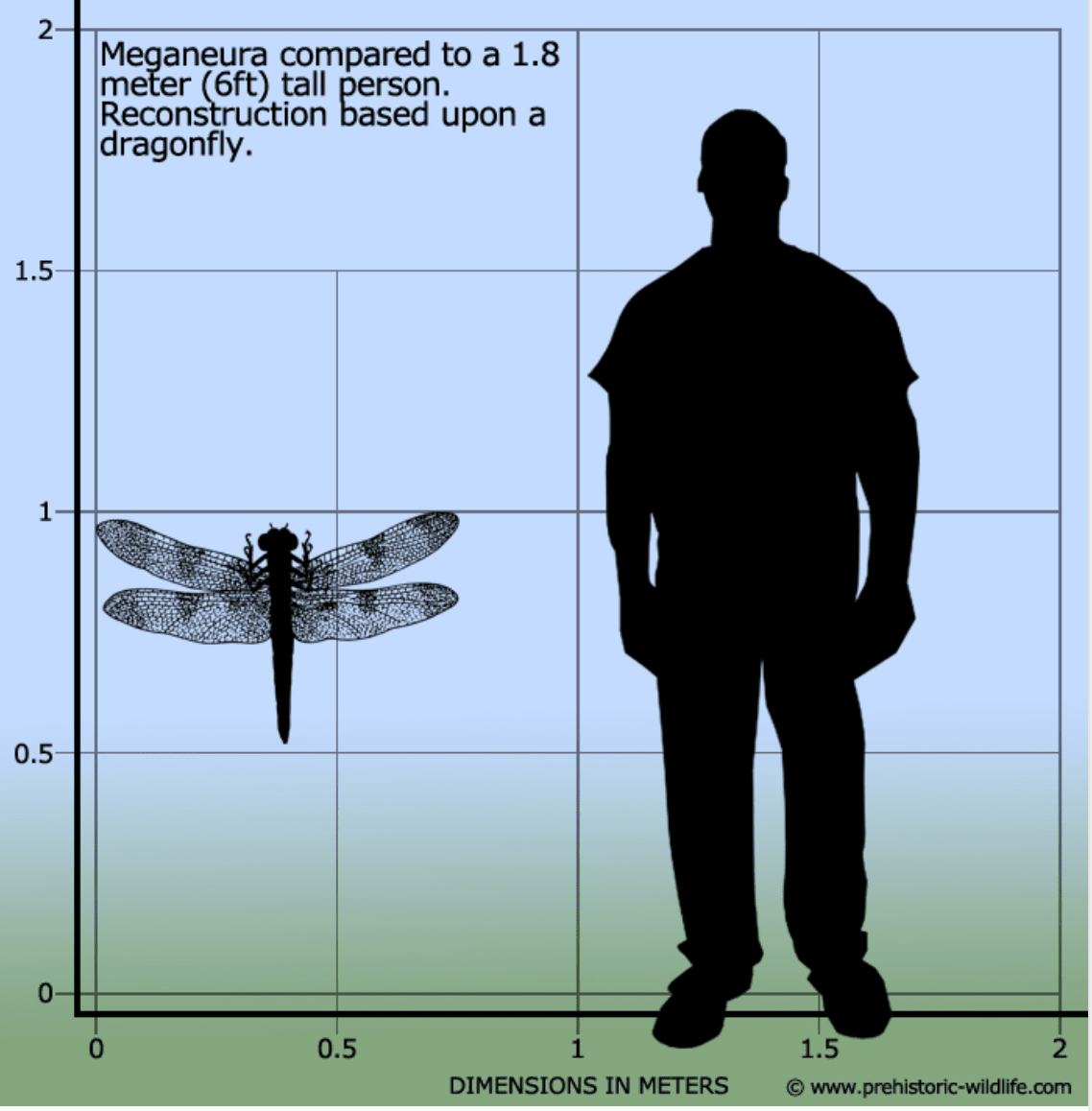Notes on the Insane Biology of Dragonflies
What can we learn from the incredible biology of dragonflies?

https://www.youtube.com/watch?v=iJi61NAIsjs&ab_channel=RealScience
00:59
most animals succeed at the hunt <60% of the time
02:48
a dragonfly is an odonate -- extinct ones had 70cm wingspans
04:13
dragonflies have muscles that directly connect to their wings
05:20
phased stroking is used for forward flight -- at 50km/h
06:12
dragonflies can fly backwards
07:15
pterostigma acts as a counterweight to flight
09:30
can see orange to ultraviolet
10:30
fly close to water for higher contrast for prey against a blue sky
11:35
dragonflies play tracking to predict prey
13:02
humans can learn interoception ^d31494
14:37
less oxygen, smaller animals
15:06
dinosaurs may have outcompeted larger dragonflies
On Coal Forests
Huge dragonflies lived off of higher O2 air content
Coal forests were the vast swathes of wetlands that covered much of the Earth's tropical land areas during the late Carboniferous (Pennsylvanian) and Permian times.[1][2] As vegetable matter from these forests decayed, enormous deposits of peat accumulated, which later changed into coal.
Much of the carbon in the peat deposits produced by coal forests came from photosynthetic splitting of existing carbon dioxide, which released the accompanying split-off oxygen into the atmosphere. This process may have greatly increased the oxygen level, possibly as high as about 35%, making the air more easily breathable by animals with inefficient respiratory systems, as indicated by the size of Meganeura compared to modern dragonflies. (View Highlight)





